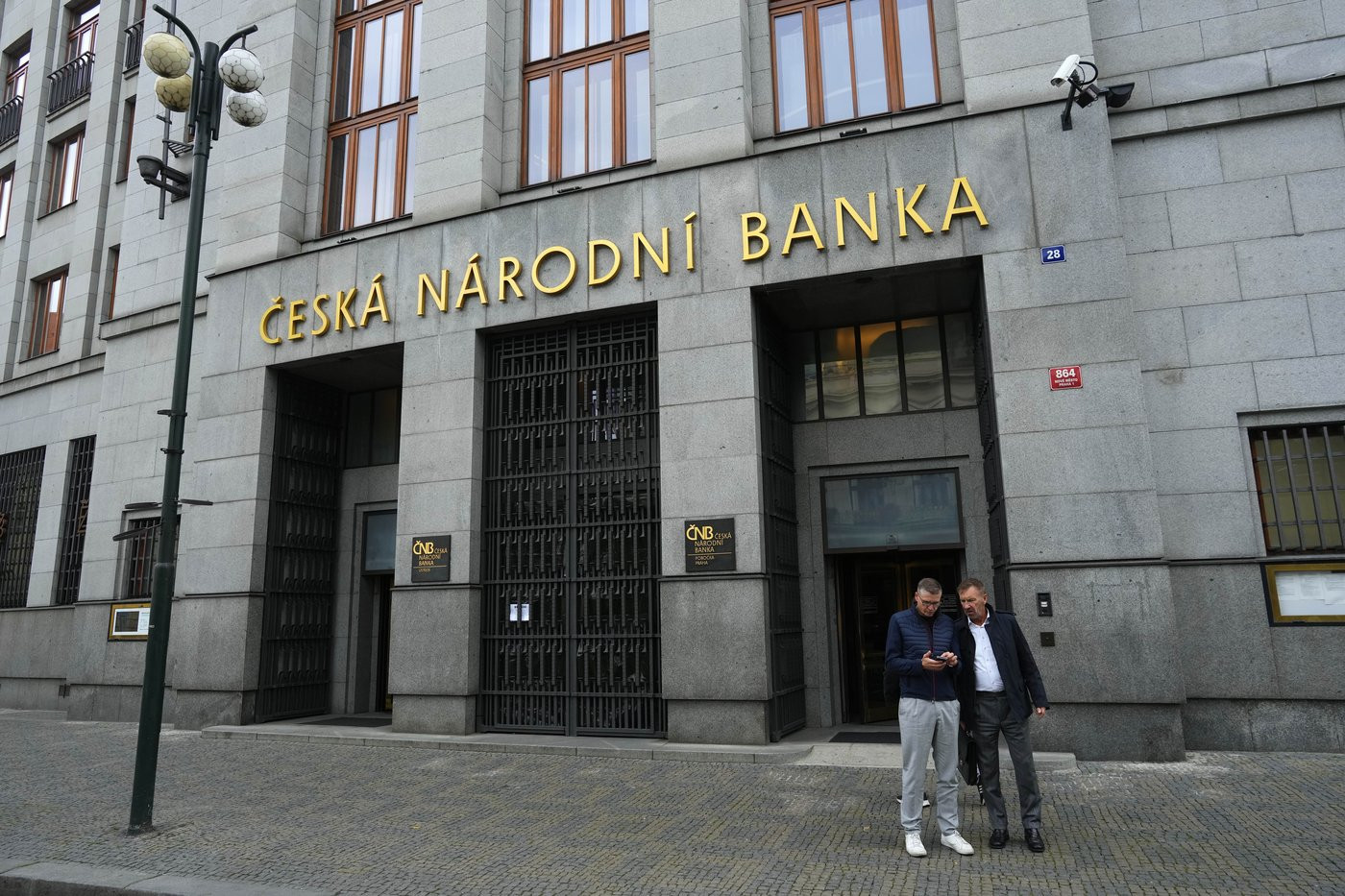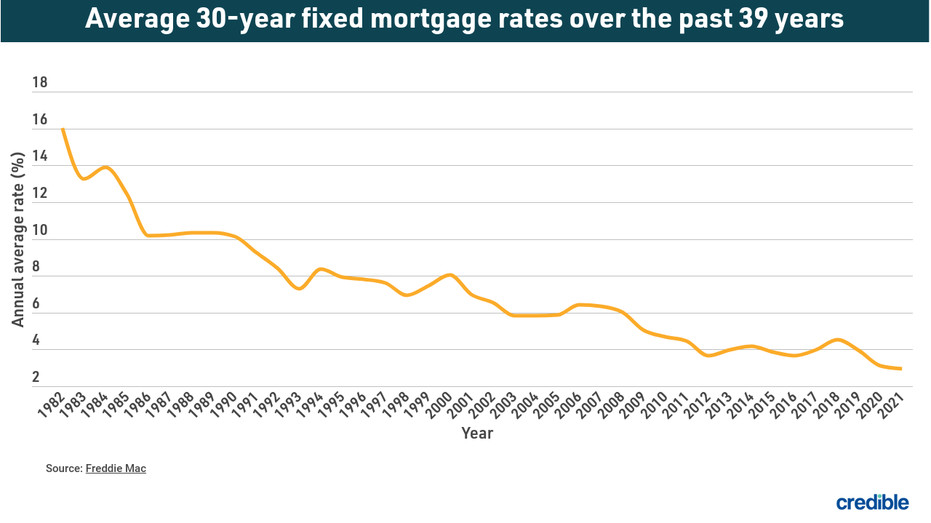Czech consumer prices increased by 2.2% year-on-year in August, which is the same level of growth Czech statisticians reported for July. Month-on-month, inflation grew by 0.3%.
The y/y figure is slightly above the 2% inflation target level and the 1.8% y/y forecast for August by the Czech National Bank (CNB). It also comes two weeks ahead of the CNB monetary meeting where it will decide on whether to keep lowering interest rates, a cycle which it began last December.
“The y/y development of consumer prices in August was significantly influenced by the prices of food and fuels, whose two-way movements, however, offset each other,” commented Paval Sediva of the Czech Statistical Office (CZSO).
Sediva added that prices of fuels “were lower by approximately 4% in comparison with last August” and “on average, Petrol Natural 95 was sold at gas stations for CZK37.65 [€1.5] per litre, which was the lowest price since this January.”
Prices in transport, including fuel prices and lubricants for personal transport equipment, turned from a 5.6% growth in July to a 4.1% decline in August. In the food and non-alcoholic beverages sector, most items slowed down the price decline, including flour (-10.6% in August compared to -15.4 % in July), smoked meat and sausages (-2.8% compared to -4.2%), and vegetables (-2% compared to -4.8%). Prices of butter accelerated their growth to 22.4%, chocolate to 18.6% and non-alcoholic beverages to 4.2%.
The most significant impact on y/y growth came from the prices of housing, water, electricity, gas and other fuels, with prices of actual rentals up by 6.6%, materials and services for maintenance and repair of dwellings by 4.7%, water supply by 10.9%, sewage collection by 13.4%, electricity by 8.2% and heat and hot water by 5.8%. Prices of natural gas fell by 7.2% and those of solid fuels by 2.5%.
In m/m terms, the sector of alcoholic beverages and tobacco registered a price increase of 1.3% for tobacco, 1.7% for spirits, and 1.8% for wine. In food and non-alcoholic beverages, prices of smoked meat and sausages were up by 2.1%, fruit by 2.2%, semi-skimmed milk by 8.8%, oils and fats by 3.1%, non-alcoholic beverages by 1%, chocolate by 4.7%, butter by 4.8% and pork by 1%. In the housing, water, electricity, gas and other fuels, prices of actual rental increased by 0.3% and heat and hot water by 0.7%. Prices of fuel and transport lubricants fell by 2.2% and prices of motor cars by 0.7%.
Czech Producer Prices Decline, Signaling Less Restrictive Monetary Policy
Czech producer prices added 1.1% from a year earlier, coming in below market expectations. The tepid pricing in industry suggests no inflationary pressures from the supply side, pointing in the direction of less restrictive monetary policy. This follows the Czech National Bank's (CNB) decision to ease its monetary policy in recent months, lowering interest rates in a bid to combat rising inflation.
CNB Rate Cut Looms: A Look at the Economic Outlook
The monthly decline in industrial prices was mainly driven by lower prices in the coke and refined petroleum products sectors, reflecting dropping Brent crude prices and lower USD/CZK. Prices of chemical and basic pharmaceutical products were down by 0.9% MoM. Lower electricity prices also represented a drag on pricing in the industry.
The weak pricing in industry shows no inflation pressures from the supply side for the months ahead, especially as Czech and European industries still face challenges. Soft foreign and domestic demand, alongside lower energy prices, prevailed over the increasing wage costs implied by the still-tight labor supply, especially when it comes to the skilled workforce.
As the malaise in industry continues and casts a shadow over the strength of the Czech economic rebound in the year’s second half, the Czech National Bank will likely be more prone to a rate cut at next week’s meeting.
The Global Picture: Inflation and FX Markets in Focus
This week's focus in the CEE region will be on inflation. Tomorrow, the August numbers will be published in the Czech Republic and Hungary, and on Wednesday in Romania. On Friday, we will see the final inflation numbers in Poland, ING’s FX strategist Frantisek Taborsky notes.
“In the Czech Republic, we expect a slight decline from 2.2% to 2.0% YoY, narrowing the deviation from the Czech National Bank's 1.8% forecast by one-tenth. We expect a slight acceleration in core inflation from 2.2% to 2.4%. In Hungary, we expect a decent decline in inflation from 4.1% to 3.6% YoY. Meanwhile, core inflation should jump up slightly from 4.7% to 4.8%. Here too, however, the deviation from the National Bank of Hungary's forecast should narrow.
In Romania, we expect inflation to fall from 5.4% to 5.0% YoY. And lastly, we should see confirmation of the 4.3% YoY flash estimate in Poland. The markets are still rather driven by the global story, but we believe inflation numbers in the region could set the direction for FX. For now, we remain rather bearish on the region. EUR/HUF quickly reached our higher levels on Friday and although we think conditions do not point to further HUF weakness, we don't believe that market repricing is over yet.
If inflation moves closer to the NBH forecast, it would signal further HUF weakness. EUR/CZK is resisting upward pressure for now indicated by the rapid decline in rate differential. However, we continue to see a tactical move up towards 25.20 before returning to our earlier view of heading below 25.00. We continue to see EUR/PLN trading in the 4.270-280 range.

















